Khanchikot Darbar (Palace) is an ancient historical pilgrimage in Arghakhanchi district, Nepal. It is located in the Sandhikharka municipality, ward no. 7 in Arghakhanchi, but in past, it came under a Khanchikot village development committee.
The history of Khanchikot Palace is also linked to the naming of the Arghakhanchi district. Argha and Khanchi were two separate kingdoms, which were later merged to form the Arghakhanchi district. Khanchikot was the palace of the Khanchi kingdom.
| Country | Nepal |
| Province | Lumbini |
| District | Arghakhanchi |
| Elevation | 1801 m (5909 ft) |
| Population | 4628 |
| Religions | Hindu |
| Latitude | 27° 55′ 59″ N |
| Longitude | 83° 7′ 0″ E |
| Lat/Long (dec) | 27.93333, 83.11667 |
Khanchikot Palace is also considered the birthplace of Queen Chandraprabha Devi, the stepmother of King Prithvi Narayan Shah. This palace reflects the antiquity and history of the area.
The area is also important for religious tourists as it is close to the famous Supadeurali Temple and other religious and tourist sites. Kanchhikot Palace is a historical heritage of Arghakhanchi, which also connects the history of the then Khanchi Kingdom and the family ties of Prithvi Narayan Shah.
History:
Before the unification of Nepal, during the region of the Baise and Chaubise kingdoms, Khanchikot was a kingdom. There is talk of a marriage between the princess of that kingdom and the prince of Balrampur (Devpatan) in India.
The princess was a religious believer. According to the previous custom, her parents had decided to get her married. The princess did not accept. She was married against her will and carried the bride on a doli (traditional mode of transportation used to carry the bride).
When she was brought to the Supadeural temple, she saw blood dripping from the doli. When she looked inside the doli, she found the bride dead.
In the following days, various diseases, illnesses, and epidemics spread in the Khanchikot kingdom, causing many atrocities among people and animals.
According to the previous custom, when the Dhami looked at the Jhakri, she said, “I am the goddess Shakti. I am the one who died. I will offer a black goat to the place where I died.” When the Bhorki agreed, the Khanal Brahmins of Damar village, which is near the temple, performed the puja, and all the troubles that had arisen in the kingdom were resolved, and peace and order prevailed.
Since the Brahmins of the Khanal clan worship this temple as the main pujari. If the Khanal pujari is dead, the pujari is performed by the Brahmins of the Ghimire clan.
Since then, there has been a tradition of offering sacrifices as a family offering on every Baisakh Purnima day. However, the goddess Shakti was already there. In ancient times, a man made a vow to himself and went to Lahore (India).
As he had promised, his wish was fulfilled. He earned a lot of money and walked towards his home. When he came home and came near Supadeura, he thought that he would not take the vow and went away without it.
When he tried to take another path, the power of divine power Supadeura struck him in the form of a stone on the mountain. The reflection of which can still be seen on the mountain above the road, about 500 meters west of the temple.
Physical Structure
Initial Temple

It is a small temple of the goddess which people can find in the initial stage or route of the Khanchikot Darbar.
The route is fully made of multiple stairs, which can make visiting easy to reach.
People can enjoy a scenic view while stepping up toward the palace.
Route
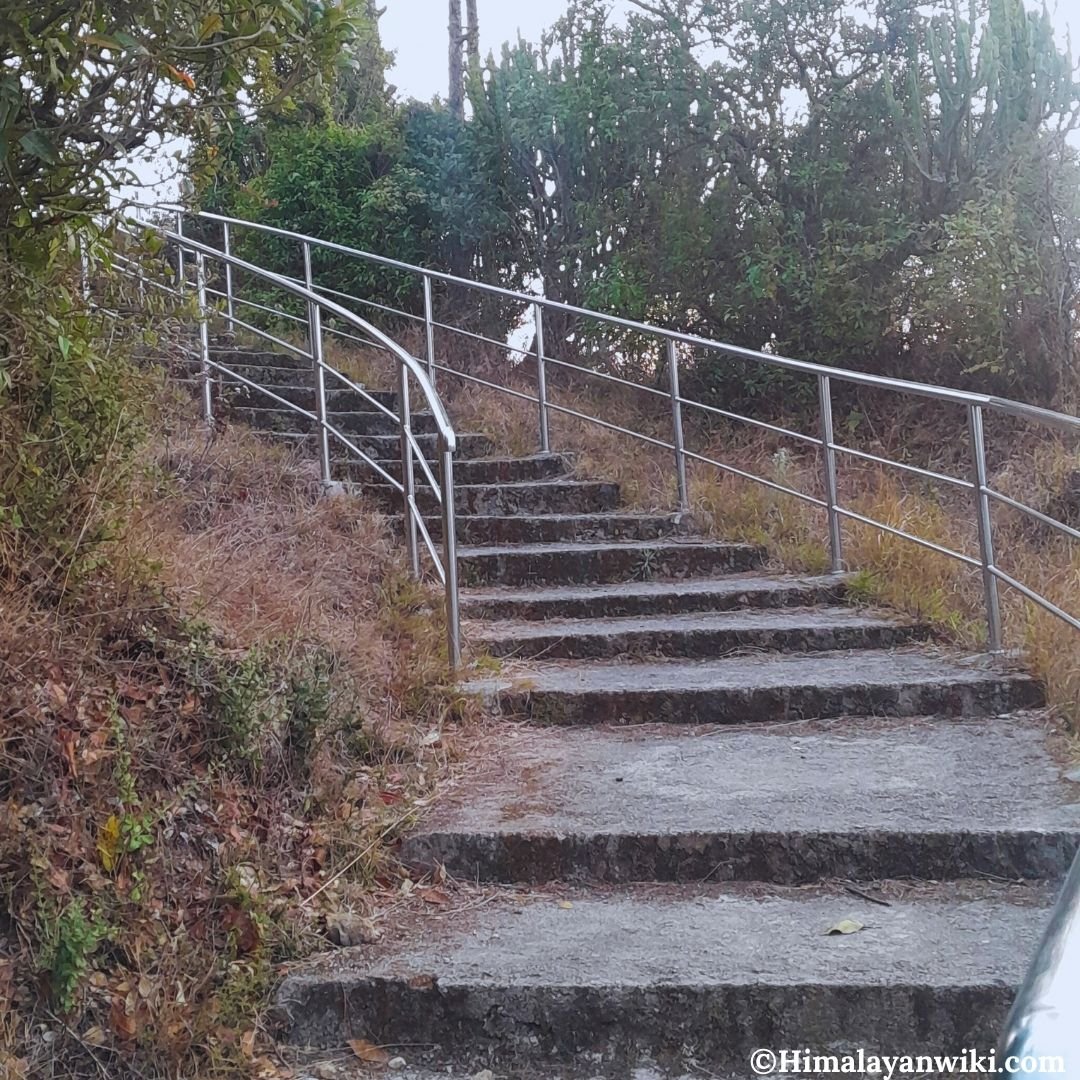
The route is fully made with multiple stairs, with a railing beside it that supports people to step up.
People can enjoy a greenery view over there and feel the cool and amazing climatic changes from time to time.
It will provide feelings like a small trek for the beginners who have never hiked any hills.
Main Temple
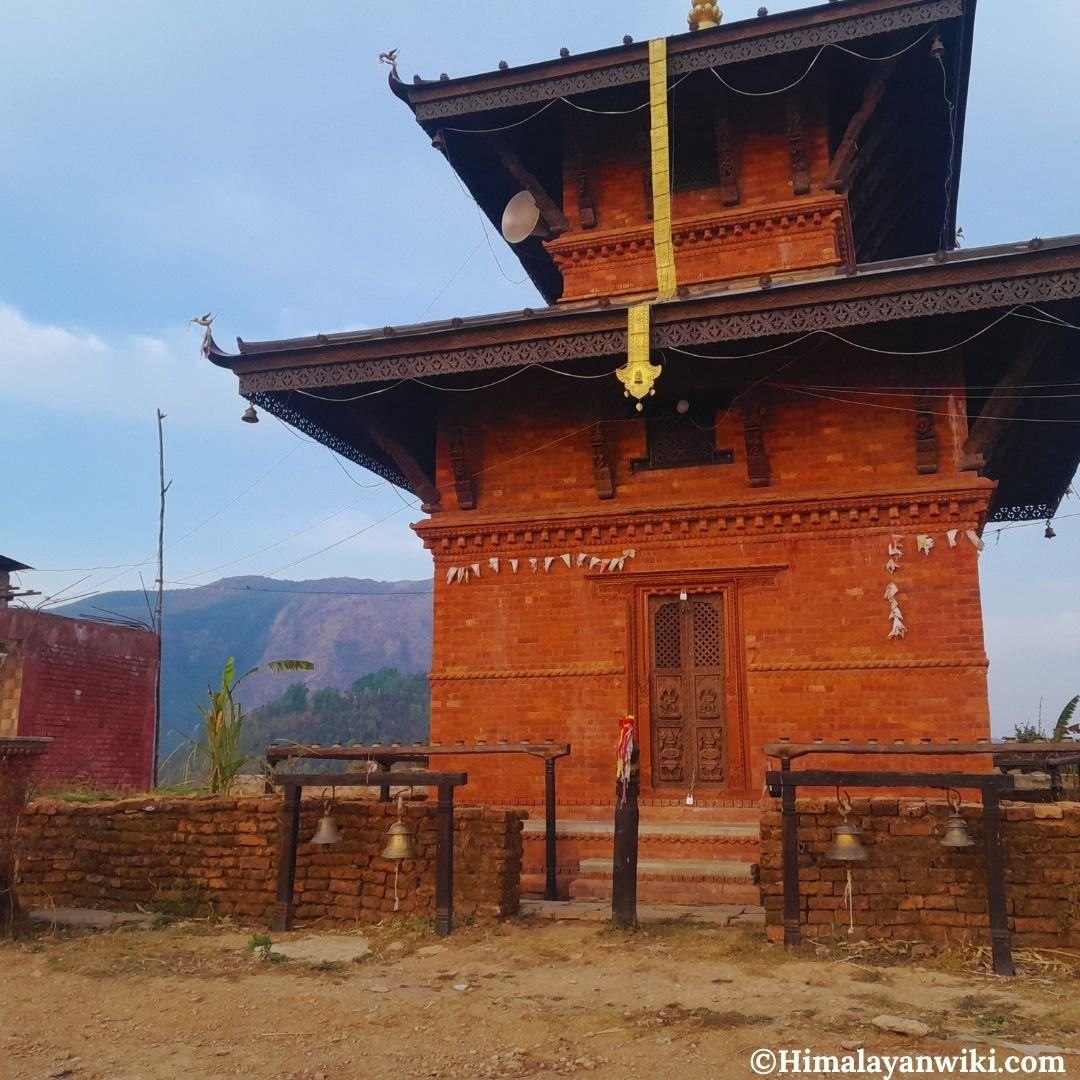
It is the main temple, and people can only find it after completing the route. There is a flat ground-like structure where the palace was built in ancient.
It is the temple of the goddess. The temple is mainly open on the occasion of the Dashain festival.
The fair is organised every year after the 3rd day (Trayodashi) of Dashain, where people dance the Saraye Nritye.
View point

It is a beautiful viewpoint located in the Kanchikot Palace.
It gives a very warm and beautiful natural & scenic view of Sandhikarka Bazar (headquarters of Arghakhanchi) and Arghatosh (another historical kingdom of Arghakhanchi).
A beautiful mountain view can also be visible from Khanchikot Darbar.
Ancient Well

Others
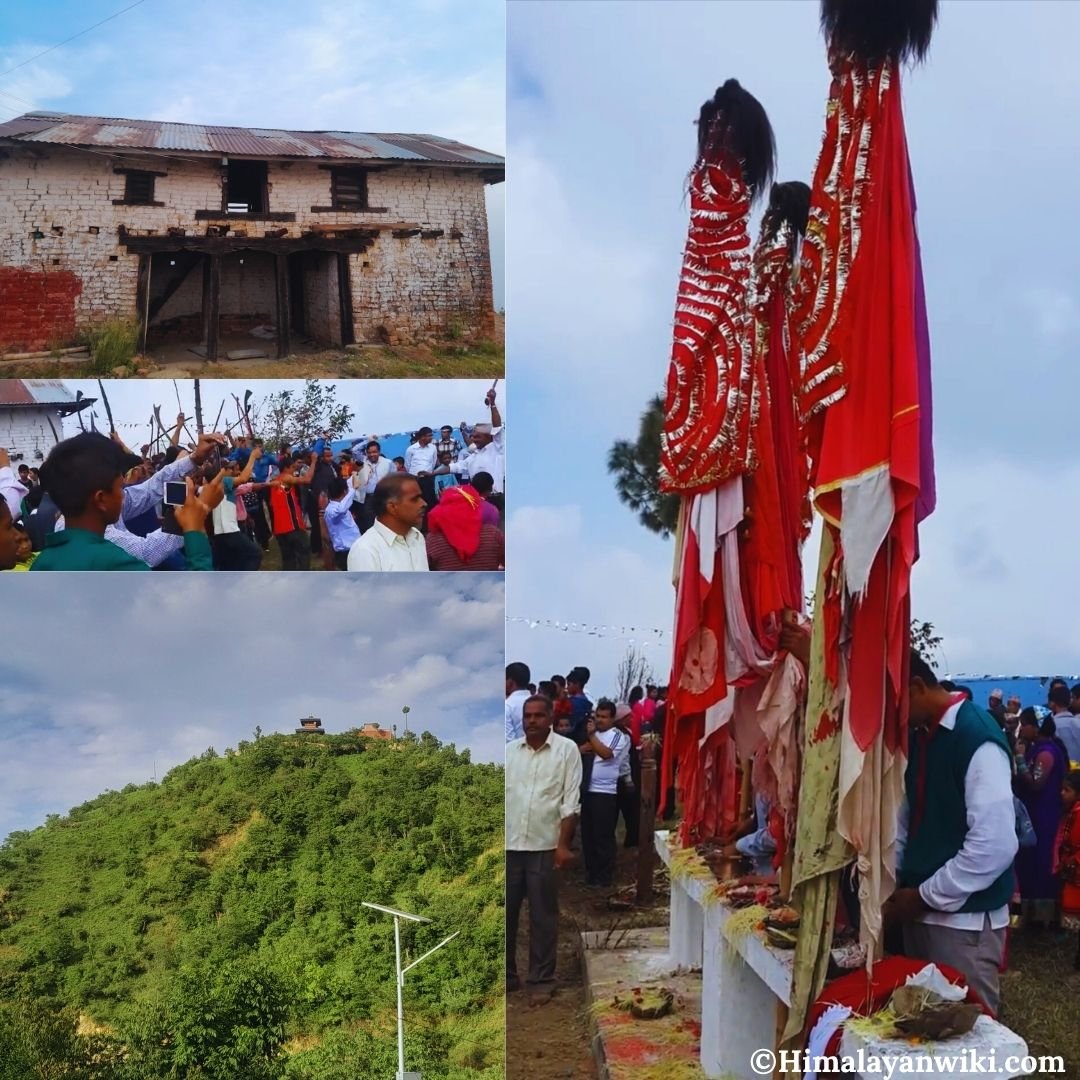
Market & Village
Khanchi Maidan
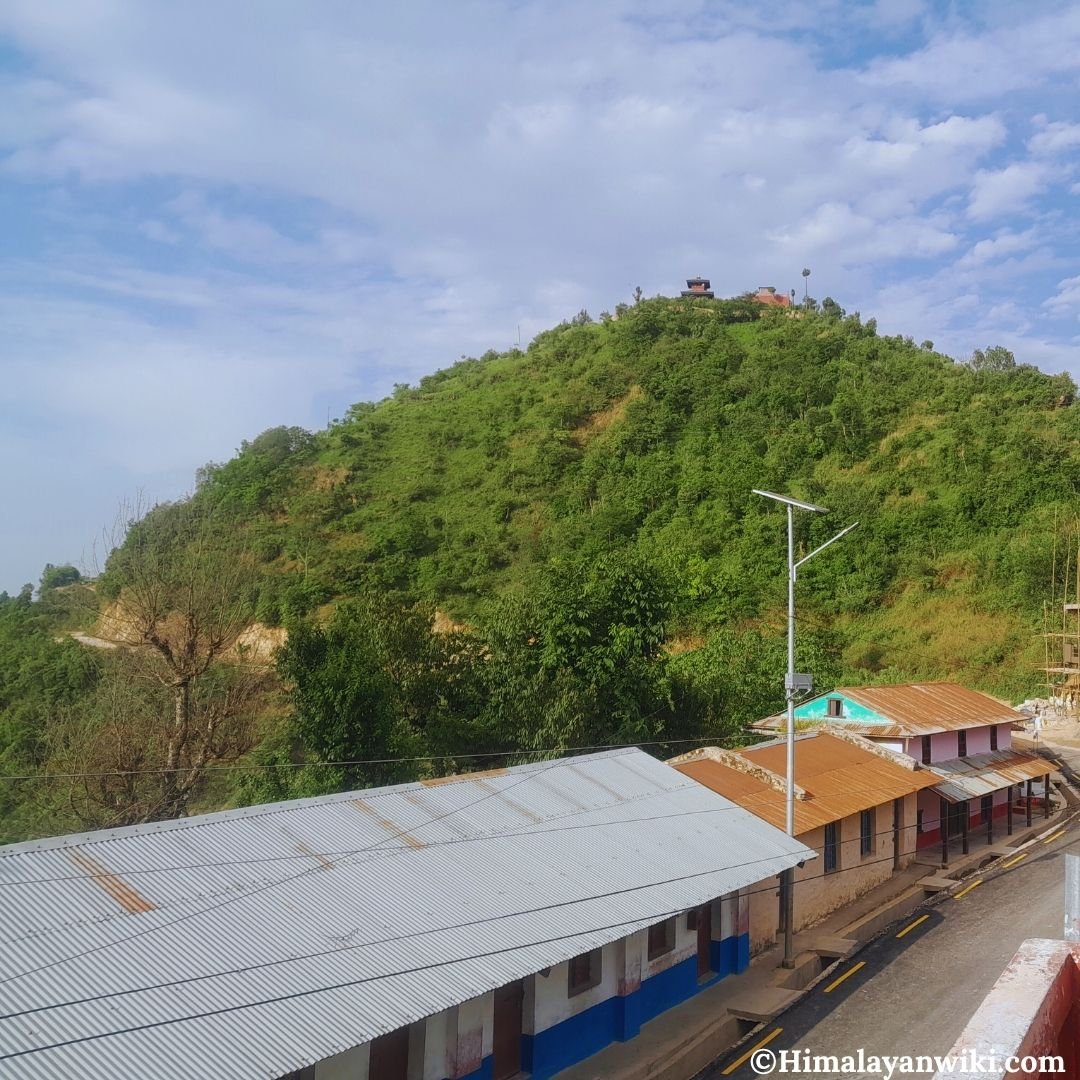
Khanchi Maidan is a very nearby place or small market for people to run their regular lives. The palace is visible from the place where the darbar is located at the peak of the hill. It took 30 to 45 minutes to reach the palace. There are several stairs on the hill to approach.
Kaulichaur
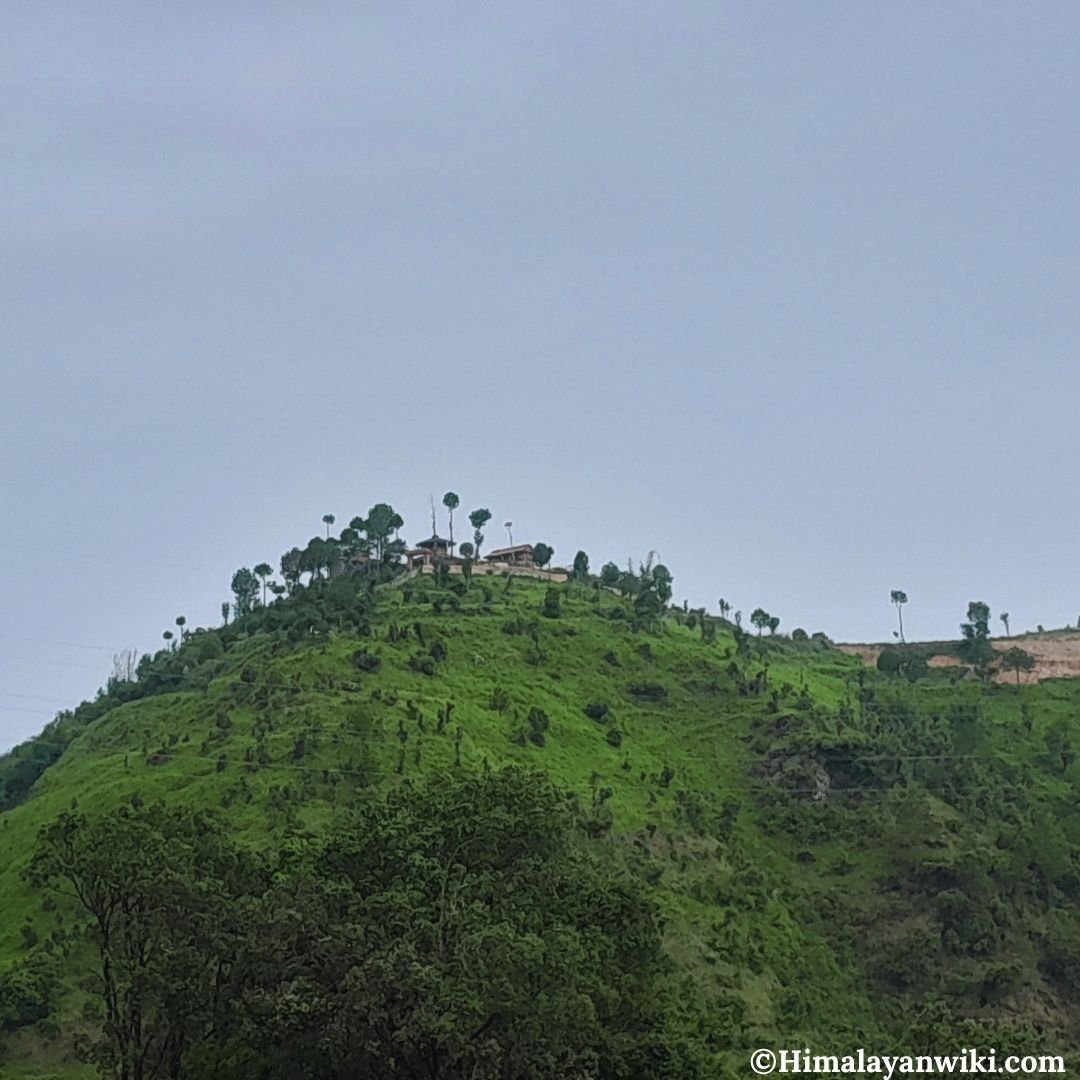
Kaulichaur is very nearer village from khanchikot darbar. Kanchikot Darbar is also easily visible from the village. Khanchi Maidan and Kaulichaur are the two places located on the opposite base from the Khanchikot Darbar.
Occupation & Local People
In the context of Nepal, people are decreasing day by day from the hilly areas as they shift or migrate to the city areas for employment, education, and so on. The youth of the typical hilly village go abroad in search of a job.
But it is the place where a high volume of youth and people are held, providing employment opportunities and so many facilities to keep people not to leaving the village. As there is the Supadeurali Temple, where regularly thousands of devotees come to worship.
The earnings of the temple mostly crossed the 1 lakh rupees per day. It helps local people to run their small businesses such as selling worshipping materials, & running Hotels and cottages.
Another reason for holding youth in the village is the limestone quarry, where most of the youth are engaged in mining limestone, sacrificing one entire hill.
Some people are engaged in agriculture. The main agricultural production of the place is Chayote Squash (इस्कुश), Sparrow Gourd (चुच्चे/घिउ करेला), millet, maize and fruits like Bayberry, Peach, Pear, oranges, etc.
The agricultural production, like paddy & wheat, and fruits like mangoes can not be cultivated there due to their extremely cold climate.
Sichuan pepper is highly cultivated here for commercial purposes.
Nearby Tourist Destinations
Supadeurali Temple
Supadeurali temple is a famous religious destination where thousands of devotees visit before and after fulfilling their wishes. The power of the goddess in the temple can fulfil any of your wishes if you ask heartily. There is a great history of the goddess’s magic and power included in the verified historical sources.
Nowadays, the temple is being more popular among people, as people from the states of India (UP, Bihar, Maharashtra, Haryana, etc.) are coming in high numbers. The regular earnings of the temple are running some schools, and health posts too.
Narpani
Narpani is a place located on the highway connected to the Sandhikarka (capital of Arghakhanchi). It is very near the Supadeurali temple, as people came there for a picnic after worshipping in the Supadeurali temple.
Narpani is identified as the place where God Shiva danced in history, too. The climate of the place is extremely cold. People come here to feel & enjoy nature and the natural view.
Hill Station trek
Hill station trek is nowadays becoming very popular among the youth. It can be reached from the Khanchi Maidan on foot. It took approximately 1.5 to 2 hours to trek to the hill station. There is a stairs route for visitors.


